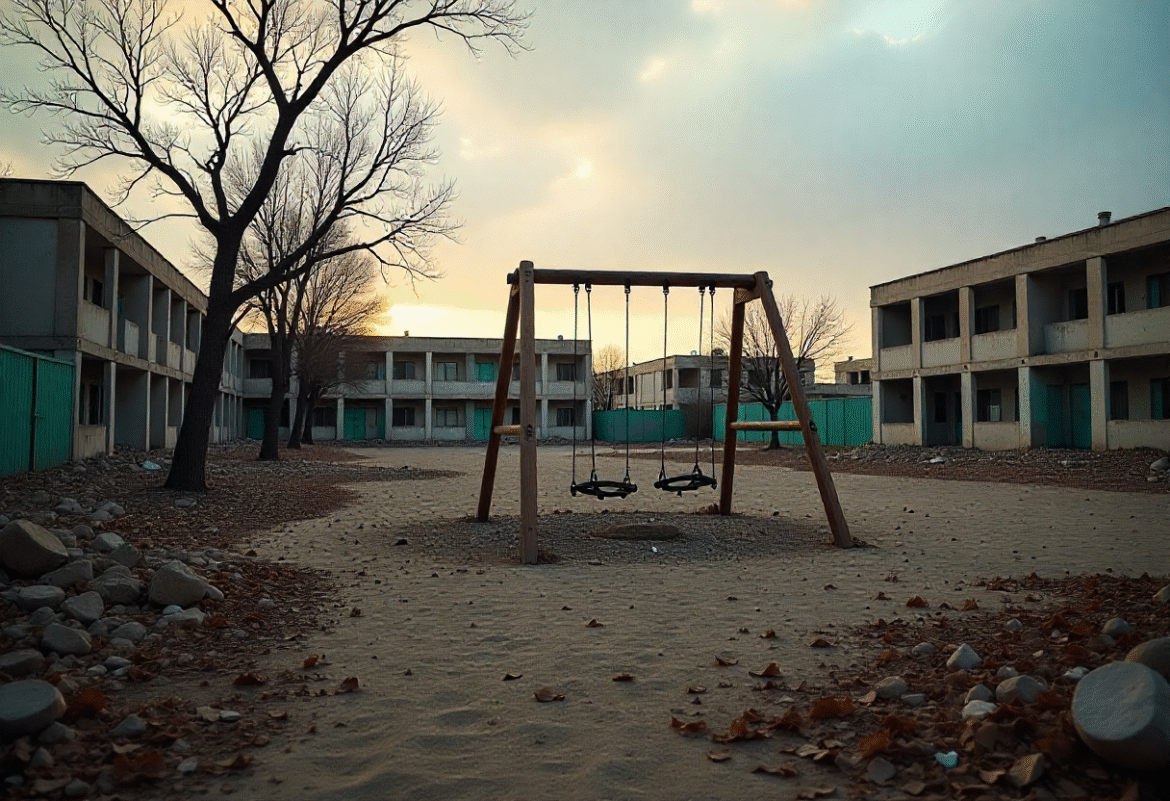Overview: HRW’s Findings
Human Rights Watch (HRW) reports that Israeli forces have used U.S. supplied munitions in strikes that are “illegally and indiscriminately” hitting school buildings in Gaza that serve as shelters for displaced families (Al Jazeera).
Authorities investigated two specific attacks in 2024 where they identified the use of GBU 39 Small Diameter Bombs (SDBs) weapons manufactured in the United States:
- Khadija girls’ school, Deir al Balah (July 27, 2024): At least 15 people were killed in a strike on this displacement shelter (Al Jazeera, Wikipedia).
- Zeitoun C school, Gaza City (September 21, 2024): The strike resulted in at least 34 deaths (Al Jazeera).
HRW’s investigation included analysis of satellite images, debris photos, video footage, social media posts, and interviews with eyewitnesses and concluded there was no credible evidence indicating military use of these schools on the days they were attacked (Al Jazeera, Globedge).
Why These Attacks Violate International Law
Schools and educational facilities are considered civilian objects and are protected under international humanitarian law unless they are being used for military purposes. Housing displaced civilians does not negate their legal protection (CNN, Al Jazeera).
HRW states that these attacks are unlawful and indiscriminate. It calls on the U.S. and other supporter governments to halt arms transfers to Israel, warning that continued supply risks complicity in serious violations of international humanitarian law (CNN, Al Jazeera).
Gerry Simpson, HRW’s associate director for crises and conflict, emphasized:
“Israeli strikes on schools sheltering displaced families provide a window into the widespread carnage that Israeli forces have carried out in Gaza… Other governments should not tolerate this horrendous slaughter of Palestinians merely seeking safety.” (CNN)
IDF’s Position
The Israeli Defense Forces (IDF) maintain they act on grounds of military necessity and in line with international law. They claim some of these school shelters were being used by Hamas operatives, including for storage, command and control, and launching operations. The IDF accused HRW of ignoring these facts in its analysis (CNN).

Wider Toll and Significance
The repeated strikes on school shelters have had devastating consequences. HRW cites UN data showing that, as of mid‑July 2025, Israeli attacks on schools sheltering the displaced killed at least 836 people and injured 2,527 others (CNN).
Such attacks not only violate legal protections for civilians but also obstruct humanitarian functions destroying safe havens, disrupting education, and worsening an already dire humanitarian crisis in Gaza (CNN, Human Rights Watch).
Conclusion
Human Rights Watch’s report casts a spotlight on attacks in Gaza that are not only tragic in human toll but also appear to break the rules of international humanitarian law. The use of US made GBU 39 bombs in strikes on civilian shelters raises profound concerns not just about the conduct of hostilities, but about the responsibilities of arms-supplying nations. HRW urges an urgent reevaluation of arms transfers to avoid aiding in potential international law violations.

